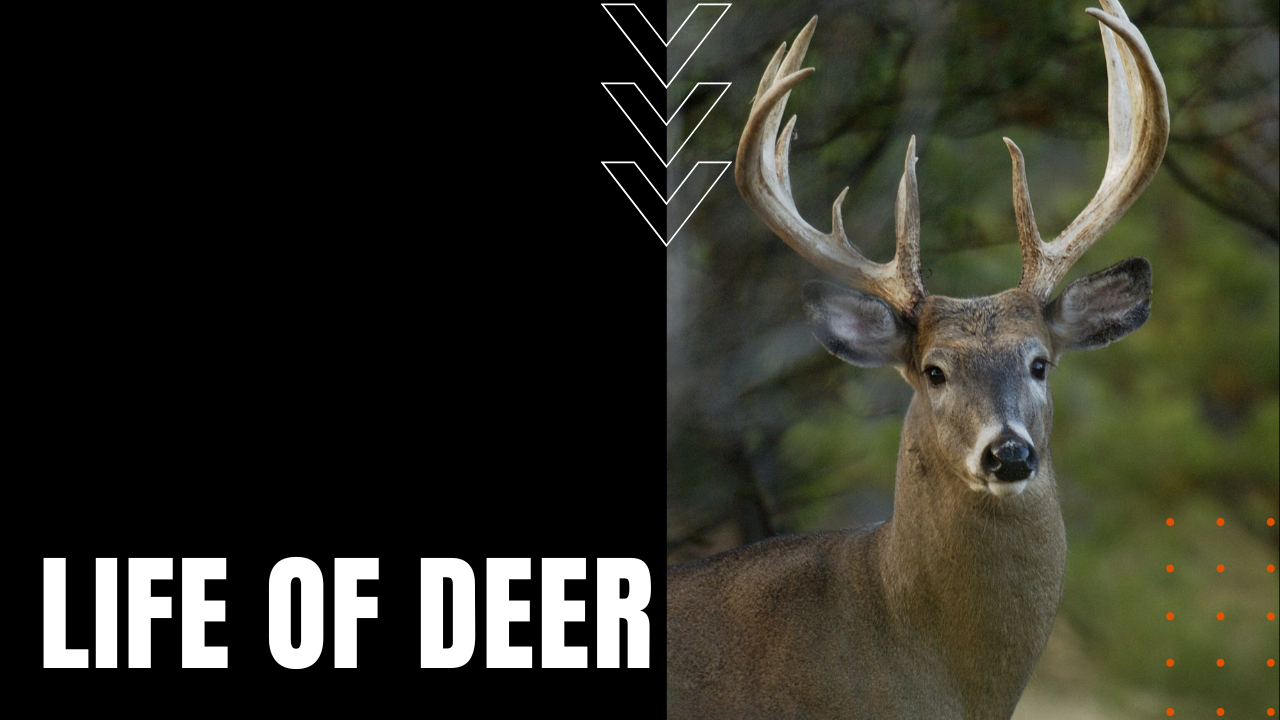The Life of Deer

Found on every continent except Antartica and Australia, —including a solitary species in Africa—deer or true deer are hoofed mammals of the family Cervidae, consisting of 23 genera (gener a) containing 47 species, including muntjac, elk, red and fallow deer, caribou, white-tailed and roe deer, moose, chevrotains, musk and water deer. Cervids are four-legged ruminants, which are plant-eating mammals equipped with a specialized stomach known as a foregut, which ferments plant matter prior to digestion.
Two Main Groups
The two main groups of deer are the Cervinae (sir ven y), including muntjac, elk, red and fallow deer, and the Capreolinae (caprio line a), including caribou, moose, white-tailed and roe deer. Ranging in size from 13 inches in height and 14 pounds in weight—such as the South American Pudu—to the eight and a half foot tall, 1,800 pound North American Moose. Except for Chinese water deer, all cervids grow antlers, and with the exception of caribou, only males possess antlers, which combine with their larger size to identify their sex or dimorphic orientation. Inhabiting a diverse variety of biomes—from tundra to tropical rainforests—cervids comprise an ecotone family, which live in plant-diverse transitional zones between forests and thickets or prairies and savannas.
Short Breeding Season
In North America, the highest concentrations of deer can be found in the Canadian Rockies or the Columbia Mountain region of Alberta and British Columbia, including white-tailed and mule deer, caribou, elk and moose. During their relatively short breeding season, females come into estrus in synchrony, many species forming groups known as harems, which are guarded by dominant males, who can typically identified by the size and symmetry of their antlers. Gestation periods range from 180 days in Chinese water deer to 240 days in the case of elk, birthing one to three offspring per mating season, while nursing their young from two to seven months, depending on the species.
An Ancient Animal
Depicted in cave art as far back as the Paleolithic period of early man, deer have long played an important role in man’s survival, mythology and religion, relying on venison for sustenance, antlers for tools and buckskin for clothing and warmth. On the downside, however, many species of cervids carry bovine tuberculosis, which continues to be a costly disease to the dairy and cattle industries, making the life of deer, a diverse and majestic addition to wildlife the world over.
